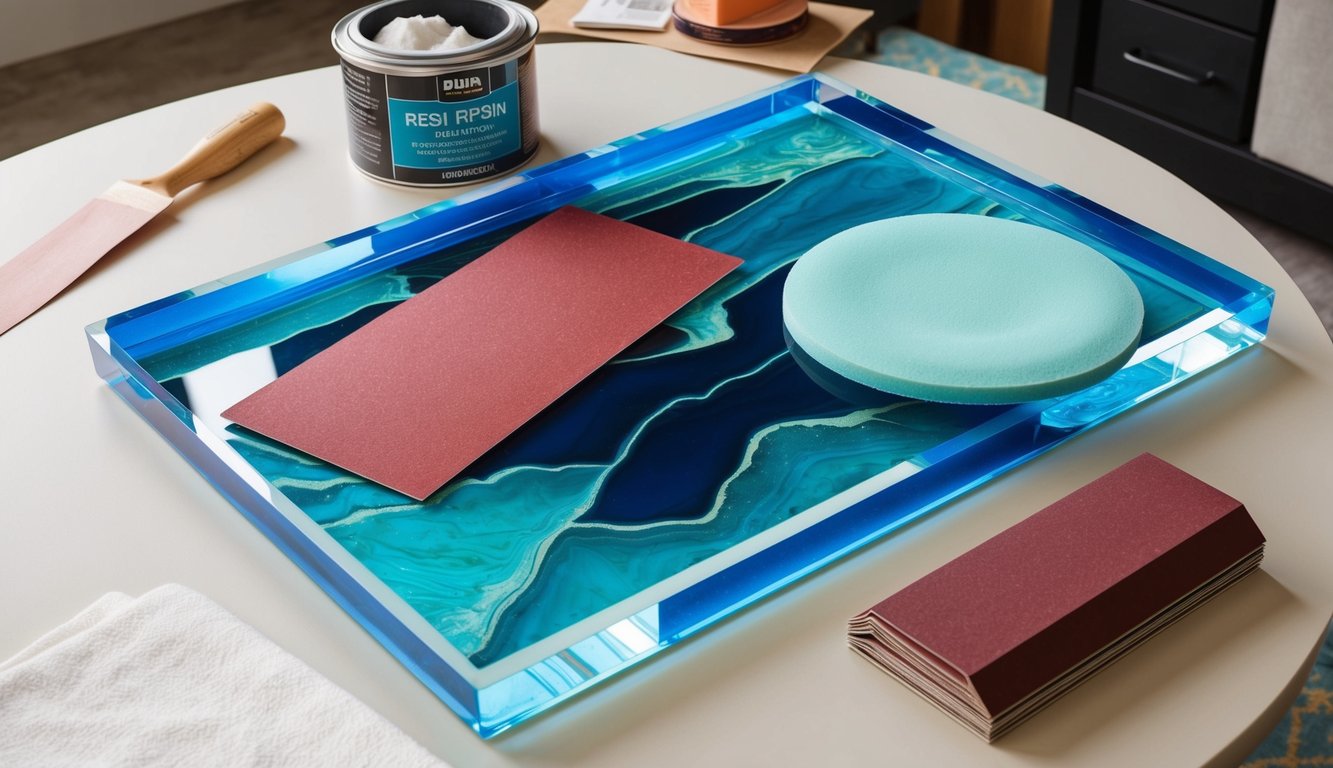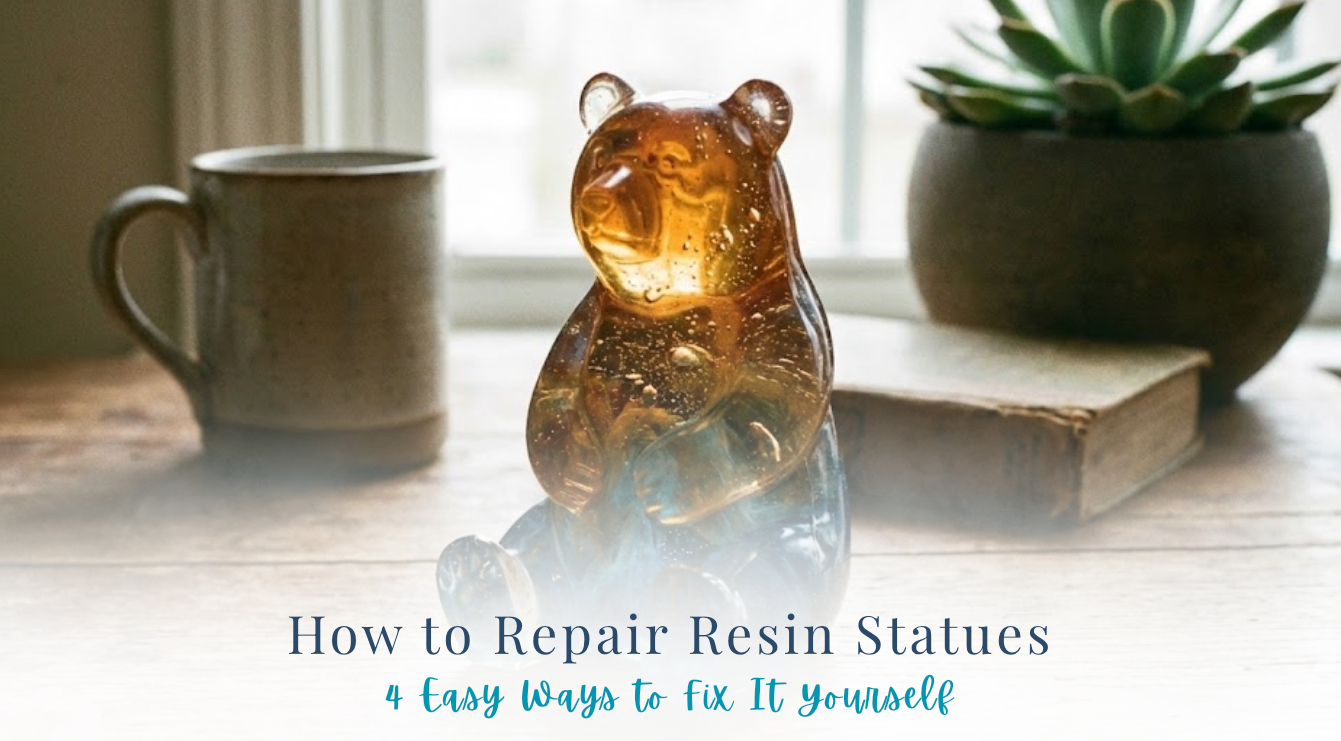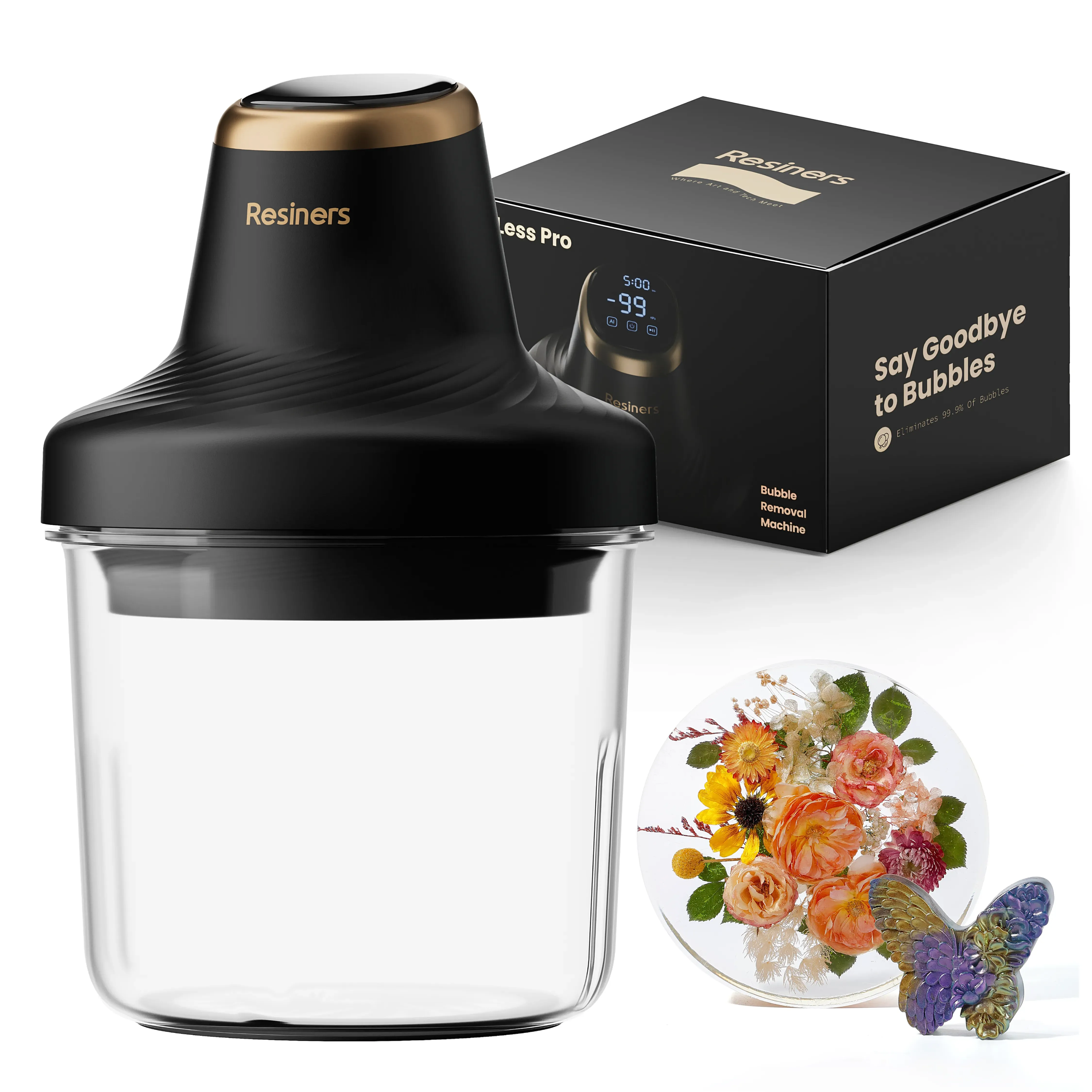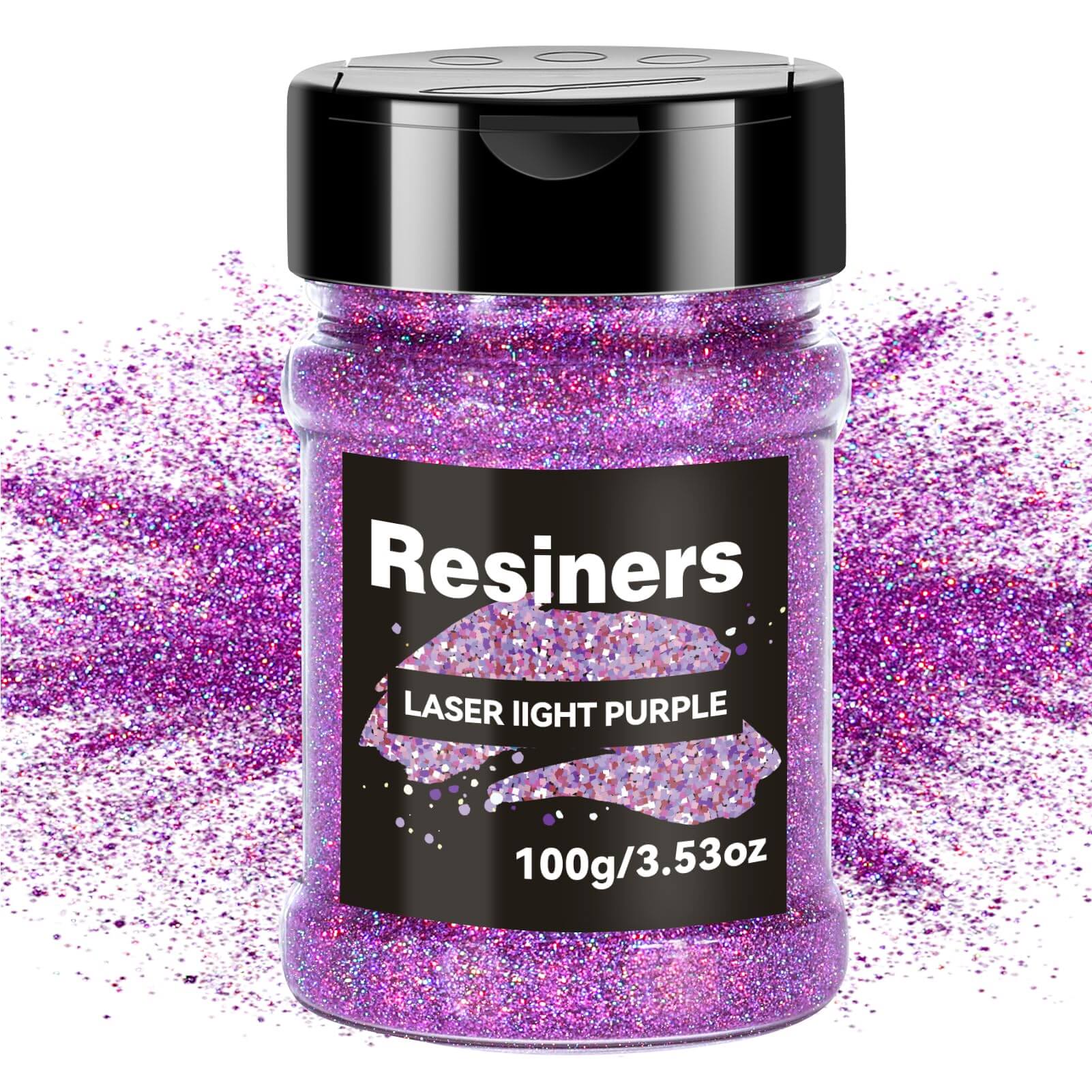HOW TO CALCULATE EPOXY RESIN COVERAGE
For projects with a rectangular shape, volume is calculated by multiplying the length x width x coating thickness. Note: enter thickness as decimal value (for example, 1/8″ is 0.125). Working with a round surface? Just enter the diameter and desired finish thickness.
HOW MUCH EPOXY WILL I NEED?
Calculating how much epoxy you need is based on volume. Enter the dimensions here, and our free epoxy calculator will do the math for you!
WHAT ARE THE DIMENSIONS OF YOUR PROJECT?
VOLUME OF YOUR PROJECT:
THE AMOUNT OF EPOXY RESIN YOU WILL NEED:
These convenient online tools precisely determine how much product you'll need by converting your project's dimensions into volume measurements.
Whether you're creating river tables, countertops, art pieces, or jewelry, accurate calculations ensure you'll purchase just the right amount—preventing mid-pour shortages and excess inventory.
Most quality resin manufacturers provide these calculators to help you achieve professional results without unnecessary expense. Discover how to use these valuable tools effectively!
What Are Epoxy Resin Calculators?
Epoxy resin calculators help you figure out exactly how much epoxy you need for your project. These online tools save you money and prevent waste by calculating the precise volume required based on your measurements.
Benefits of Using a Resin Calculator for Accurate Results
Resin calculators eliminate guesswork when planning your epoxy project.
You'll avoid the frustration of mixing too little epoxy and having to start over. You also won't waste money by mixing too much that ends up in the trash.
These handy tools help you budget better. When you know exactly how much material you need, you can purchase the right amount and stay within your project costs.
Using a calculator also reduces waste, which is good for the environment. Many epoxy resins contain chemicals that shouldn't be thrown away carelessly.
Most calculators are super easy to use!
You just enter your project dimensions, and they do all the math for you. This saves time and prevents mistakes that could ruin your work.
Types of Projects That Require Precise Measurements
River tables and countertops need exact calculations because they use large amounts of epoxy. Even small measurement errors can cost you a lot of money on these big projects.
Art pieces and jewelry require precision too. When coating paintings or making resin jewelry, you need the right amount to ensure proper curing and a beautiful finish.
Floor coatings are another project where calculators are essential. You need to know exactly how much epoxy will cover your entire floor with the right thickness.
Boat repairs and fiberglass work benefit from precise measurements. These projects often require specific resin-to-hardener ratios, and getting it wrong can compromise structural integrity.
Custom furniture pieces with epoxy inlays need careful planning. These showpieces demand perfection, and a calculator helps you achieve professional results.
How to Calculate Epoxy Resin Amounts
Figuring out how much epoxy resin you need saves money and prevents waste. The calculation is based on volume, which means multiplying length, width, and depth together to get the right amount for your project.
Rectangular and Circular Surface Calculations
For rectangular surfaces like table tops or countertops, measure the length and width in inches.
Multiply these numbers together to find the square inch area. Then multiply by your desired thickness (depth) in inches.
Length × Width × Depth = Volume (cubic inches)
For example:
- A 24" × 36" table with 1/8" coating needs: 24 × 36 × 0.125 = 108 cubic inches
For circular projects, measure the diameter and use this formula:
- Area = π × (diameter ÷ 2)²
- Then multiply by your depth
Most epoxy is sold by volume (ounces or gallons). One gallon covers about 12 square feet at 1/8" thickness.
River Tables and Irregular Projects Measurements
River tables and irregular projects need a different approach.
For river tables, measure the length and depth of the "river" portion separately.
River Volume = Length × Average Width × Depth
For very irregular shapes:
- Create a grid over your project
- Measure depth at multiple points
- Find the average depth
- Multiply by the surface area
You can also use displacement: fill the void with rice or sand, then measure that volume.
Add 10% extra to your calculations for uneven surfaces and potential waste. This buffer ensures you won't run short during your pour.
Important Measurement Considerations

Measuring correctly is key to a successful epoxy project. Mistakes in measurements can lead to wasted materials or incomplete coverage.
Volume vs. Weight Calculations for Different Epoxies
Different epoxy brands may use different measurement units.
Some epoxy resins are measured by volume, while others are measured by weight. Always check the manufacturer's instructions before mixing.
For volume-based epoxies, you'll multiply length × width × thickness to get cubic inches (or centimeters). A simple formula would be:
Volume = Length × Width × Thickness
Weight-based epoxies require a scale.
Each brand has a specific density, which tells you how heavy a certain volume will be.
Your epoxy might come with a mixing ratio like 2:1 or 1:1. This means you need to weigh each part according to this ratio.
Some helpful conversions to remember:
- 1 cubic inch = about 16.4 milliliters
- 1 gallon covers about 12 square feet at 1/8" thickness
Accounting for Waste and Multiple Layers
You'll never use 100% of your mixed epoxy. Some will stick to mixing cups, stir sticks, and brushes.
Add 10-15% extra to your calculated amount to account for waste. For complex projects or first-time users, consider adding up to 20% extra.
For multi-layer pours, treat each layer as a separate calculation:
Layer 1 volume + Layer 2 volume + Layer 3 volume = Total needed
Remember that deep pours often need special epoxy formulas.
Standard epoxy might overheat and crack if poured too thick. Many table projects need multiple thin layers rather than one thick pour.
Always check the maximum pour thickness for your brand.
Most standard epoxies max out at 1/8" to 1/4" per layer. Deep-pour formulas can handle up to 2" thickness.
Troubleshooting Common Calculation Issues

Even the best epoxy calculators can sometimes lead to problems. Knowing how to fix calculation mistakes can save your project and your wallet.
Adjusting When You've Miscalculated
If you discover you've calculated wrong, don't panic!
For too little epoxy, you can mix a small batch to cover the remaining area. Make sure this new batch matches your first mix exactly.
When you mix too much epoxy, you could:
- Pour it into smaller molds to make coasters or jewelry
- Create a thicker coating (if your project allows)
- Use plastic cups to make the extra epoxy into "pucks" for future projects
Temperature matters!
If your room is colder than 70°F, epoxy flows slower and you'll need about 5-10% more for the same coverage.
In warm rooms above 80°F, epoxy thins out and covers more area.
Modifying for Different Epoxy Brands and Viscosities
Not all epoxy resins are the same!
Thin epoxies spread further than thick ones, so check the product label for specific coverage rates.
Quick viscosity guide:
- Low viscosity (thin): Covers about 12 sq ft per mixed gallon at 1/8" thickness
- Medium viscosity: Covers around 10 sq ft per mixed gallon at 1/8" thickness
- High viscosity (thick): May only cover 8 sq ft per mixed gallon at 1/8" thickness
Some brands include "filler" materials that reduce coverage.
When switching brands, do a small test first on a similar surface. This helps you adjust your calculations before committing to a large project.
Remember to add 10% extra to your calculations when working with uneven or porous surfaces. These materials absorb more epoxy than smooth ones.
Conclusion
Using an epoxy resin calculator ensures your projects start with precision, helping you budget accurately and avoid the frustration of running short midway through your pour. These practical tools transform your measurements into exact volume requirements, making your creative process smoother and more professional from start to finish.
For your next resin adventure, don't skip this crucial planning step that experienced crafters rely on.
Visit Resiners for a complete selection of premium supplies including innovative molds, crystal-clear resins, and professional curing machines—everything needed to transform your calculated measurements into stunning finished pieces. Their comprehensive collection of quality materials will help you achieve perfect results every time!
Frequently Asked Questions
How do I estimate the amount of epoxy resin required for my project?
To estimate how much epoxy resin you need, you must calculate the volume of your project. Measure the length, width, and depth in inches.
Multiply these three numbers together to get the cubic inches. Then convert this to ounces or gallons, depending on how you buy your resin.
Most epoxy resin companies provide coverage charts on their websites or packaging to help you.
What's the best way to calculate epoxy resin by volume or weight?
Volume calculations work best for most epoxy projects. Measure your project area and multiply length x width x depth to find the volume.
For weight calculations, remember that one gallon of epoxy typically weighs about 9 pounds.
Some projects may require you to know the weight, especially when shipping is involved.
Always add 10% extra to your calculations to account for waste or mistakes.
Can you guide me through calculating epoxy resin coverage for a tabletop?
For a tabletop, measure the length and width in inches. Decide how thick you want the epoxy layer (usually 1/8" for a seal coat).
Multiply length x width x depth to get cubic inches. Divide by 231 to convert to gallons.
For example, a 4' x 2' table with 1/8" thickness would need: 48" x 24" x 0.125" = 144 cubic inches. That's about 0.62 gallons of mixed epoxy.
How do I determine the required epoxy resin depth for a deep pour?
Deep pours usually need special epoxy that can cure properly at greater depths. Check your product's maximum pour depth recommendations.
For river tables or deep embedments, you may need to pour in layers of 1/2" to 2" depending on your epoxy brand.
Temperature also affects how deep you can pour. Cooler rooms may allow for slightly deeper pours since the epoxy generates less heat while curing.
Is there a formula for figuring out how many square feet a certain amount of epoxy will cover?
Yes! One gallon of epoxy typically covers about 12 square feet at 1/8" thickness.
To create your own formula, divide 1,604 (cubic inches in a gallon) by your desired thickness in inches. This gives you square inches of coverage, which you can convert to square feet by dividing by 144.
Remember that thicker pours cover less area with the same amount of epoxy.
How much epoxy resin would I need to cover a surface with specific dimensions?
For specific dimensions, use this simple formula: Area × Depth = Volume needed.
For example, to cover a 3' × 5' counter (15 square feet) with 1/4" of epoxy, you would need about 0.31 gallons or 40 ounces of mixed epoxy.
Always buy a little extra (about 10-15%) to account for drips, waste, and uneven surfaces. It's better to have too much than too little!













Laisser un commentaire
Ce site est protégé par hCaptcha, et la Politique de confidentialité et les Conditions de service de hCaptcha s’appliquent.